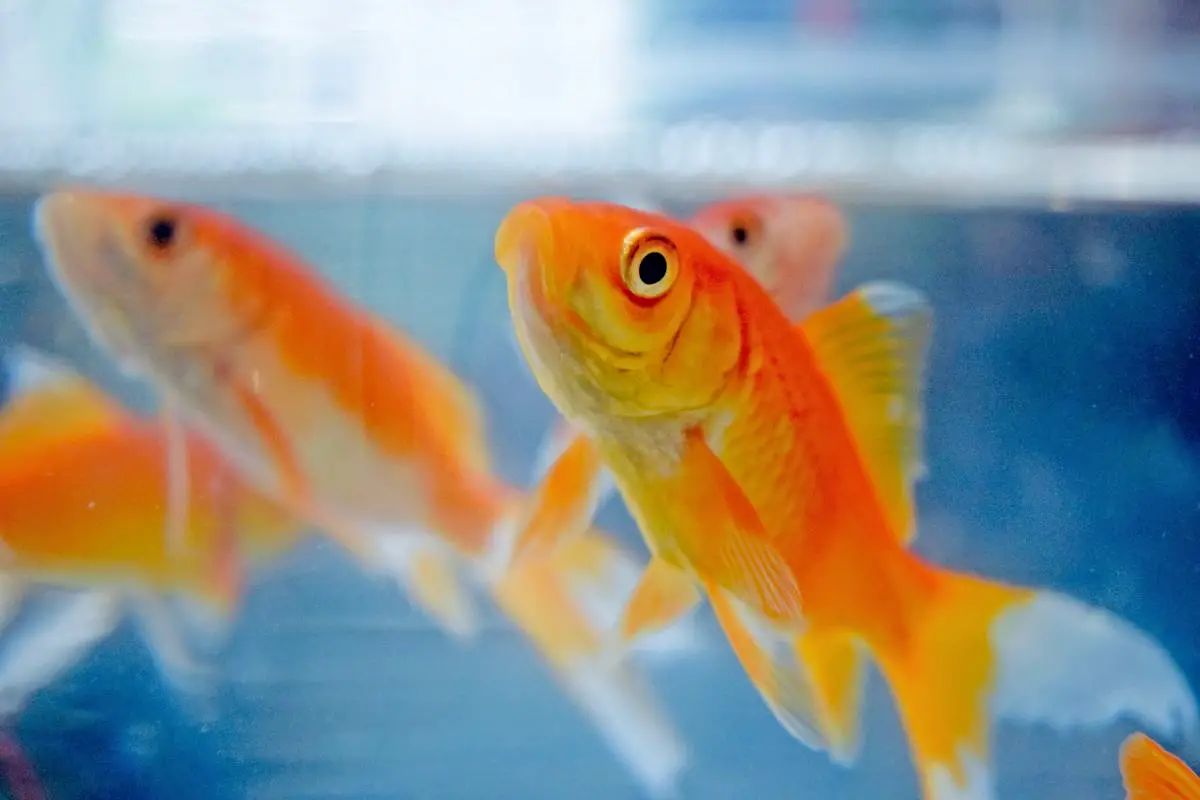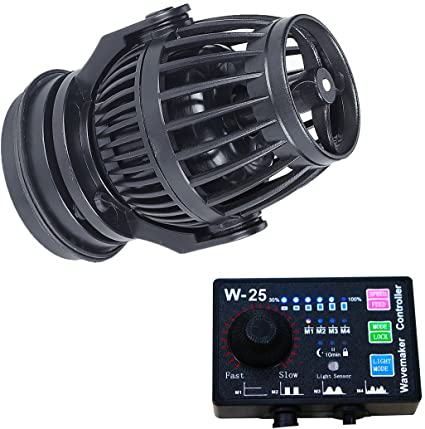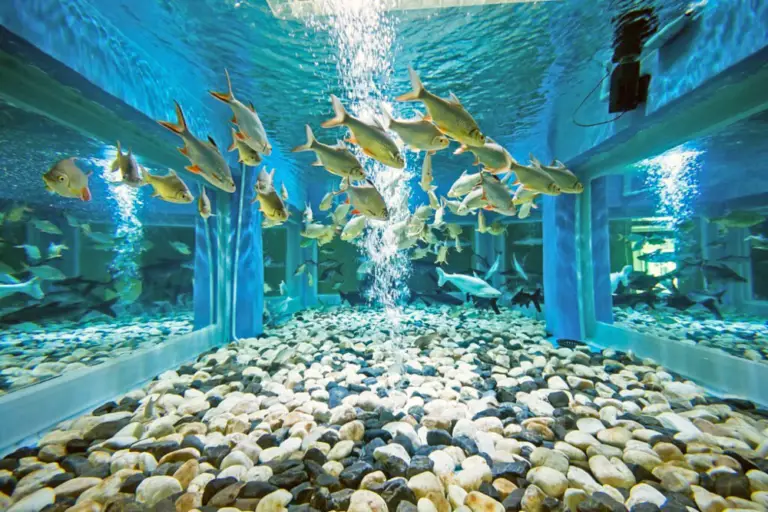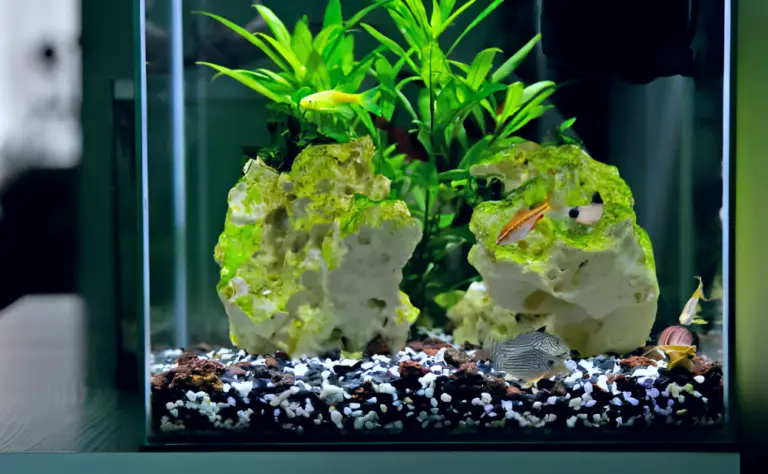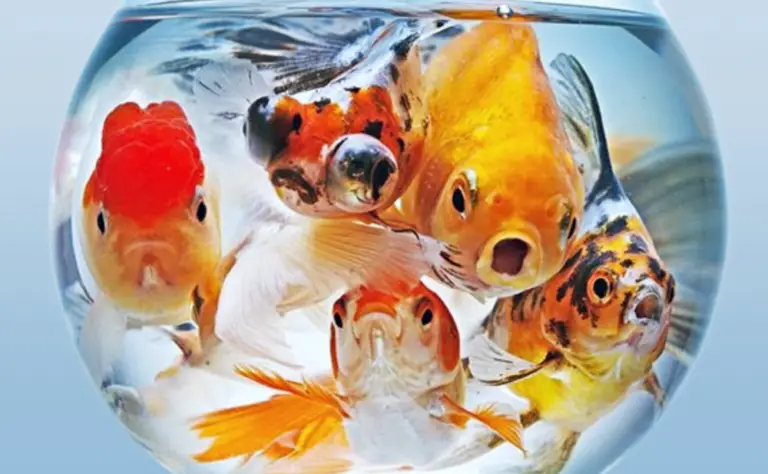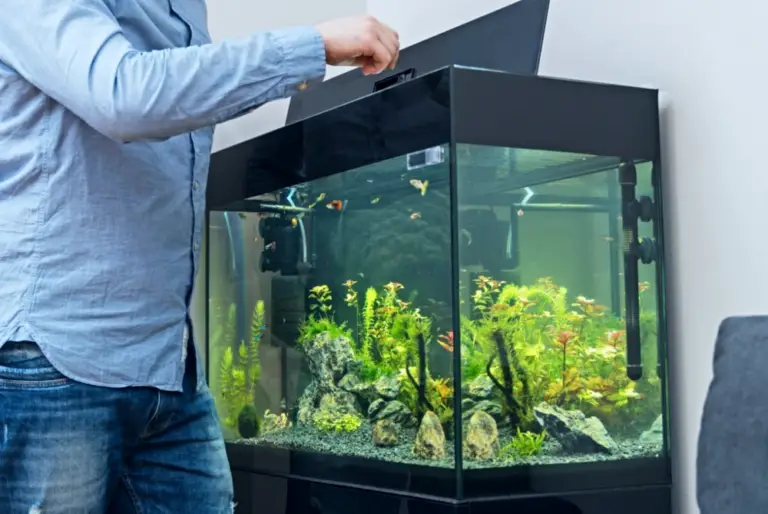Ammonia Poisoning in Aquarium Fish
Picture this — you’ve painstakingly set up your aquarium, and carefully chosen your fishy friends, and yet, something’s off. Cue the villain for many — ammonia poisoning. It’s a silent threat that can wreak havoc on your beloved underwater buddies if left unchecked. But fear not! This guide dives into the murky waters of ammonia poisoning, uncovering its causes, symptoms, and — most importantly — how to prevent and treat it.
What Is Ammonia Poisoning?
Ammonia poisoning is when toxic levels of ammonia accumulate in an aquarium. Ammonia, a byproduct of fish waste — uneaten food, and decaying organic matter — is highly toxic to fish even at low concentrations.
When ammonia levels rise more than what beneficial bacteria and filtration systems can handle, fish can experience ammonia poisoning. Prolonged exposure to high ammonia levels can lead to irreversible damage to the fish’s gills, nervous system, and internal organs — often resulting in death if left untreated.
Symptoms of Ammonia Poisoning in Fish
When aquarium ammonia levels spike, fish can show various symptoms, including:
- Gasping for air: Fish may swim rapidly to the water’s surface, gasping for oxygen. This behavior shows severe stress, as ammonia interferes with their ability to extract oxygen from the water.
- Lethargy: Ammonia-poisoned fish often become lethargic, displaying reduced activity levels and sluggish movements. They may appear listless or hover near the bottom of the tank.
- Loss of appetite: Elevated ammonia levels can suppress a fish’s appetite, leading to reduced feeding or complete food avoidance. This lack of nutrition exacerbates the fish’s weakened state.
- Red or inflamed gills: Ammonia irritates the delicate gill tissues, causing inflammation and discoloration. Red, swollen gills are a telltale sign of ammonia poisoning and indicate severe distress.
- Erratic swimming behavior: Affected fish may exhibit erratic swimming patterns, darting around the tank or displaying uncoordinated movements. This behavior reflects neurological impairment due to ammonia toxicity.
- Frayed fins or pale skin: In advanced stages of ammonia poisoning, fish may develop frayed fins or pale skin due to tissue damage and stress.
Knowing these symptoms early can help fish-keepers take immediate action to mitigate ammonia poisoning.
Causes of Ammonia Poisoning
There are several factors that can contribute to high ammonia levels in the aquarium:
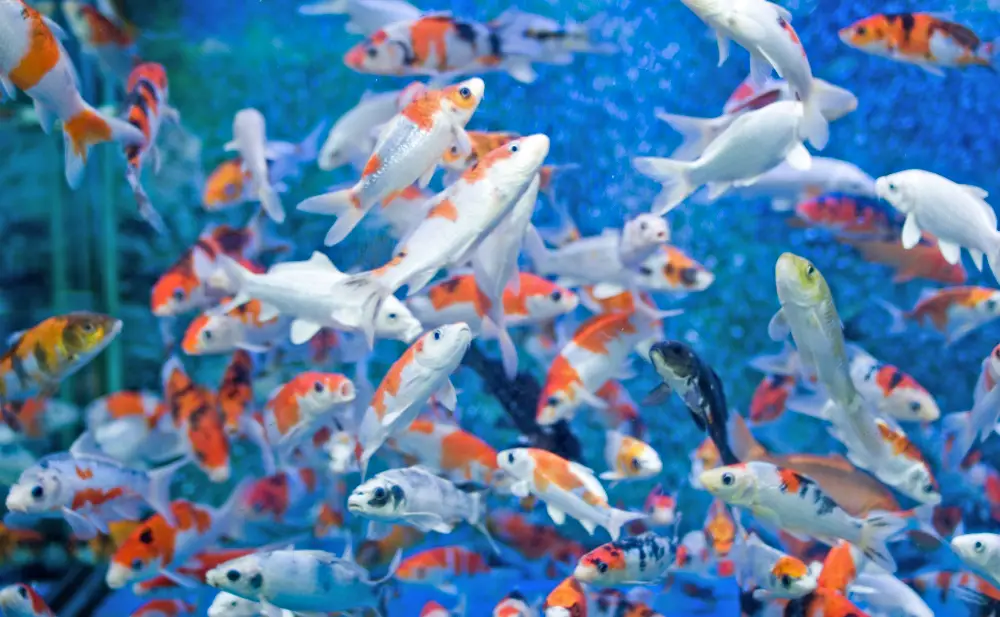
- Overstocking: When there are too many fish in the tank for its size, the amount of waste produced exceeds the capacity of the biological filtration system to process it. This leads to an accumulation of ammonia in the water.
- Overfeeding: Excess food that remains uneaten in the tank decomposes and releases ammonia into the water. Overfeeding not only contributes to ammonia buildup but also pollutes the water and degrades water quality.
- Inadequate filtration: Insufficient filtration or a poorly maintained filter can fail to remove ammonia effectively from the water. Without adequate filtration, ammonia levels can rise rapidly, putting fish at risk of poisoning.
- New tank syndrome: In newly established aquariums, beneficial bacteria populations may not yet be established sufficiently to handle the ammonia produced by fish waste. This can lead to ammonia spikes and poisoning, especially during the initial cycling period.
- Poor tank maintenance: Neglecting regular water changes, gravel vacuuming, and filter cleaning can result in the accumulation of organic waste and uneaten food, leading to increased ammonia levels over time.
By addressing these underlying causes and implementing proper aquarium management practices, fish keepers can minimize the risk of ammonia poisoning and maintain a healthy environment for their aquatic companions.
Treatment for Fish With Ammonia Poisoning
Treating ammonia poisoning in aquarium fish requires immediate action to alleviate their distress and restore water quality. Here are steps to address the issue:
- Water change: Perform a partial water change to dilute the concentration of ammonia in the aquarium. Aim to replace at least 25-50% of the water with fresh, dechlorinated water to reduce ammonia levels.
- Test water parameters: Use a reliable aquarium water test kit to monitor ammonia, nitrite, and nitrate levels regularly. This helps gauge the effectiveness of treatment and ensures water quality remains within safe limits for fish.
- Ammonia neutralizers: Consider using ammonia-neutralizing products specifically designed for aquarium use. These products chemically bind with ammonia molecules, rendering them harmless to fish temporarily. Follow dosage instructions carefully to avoid overdosing.
- Increase aeration: Improve oxygenation in the aquarium by increasing surface agitation or adding additional air stones. Adequate oxygen levels help fish cope with stress caused by ammonia poisoning and promote healing.
- Enhance filtration: Boost filtration by adding or enhancing existing biological media in the aquarium filter. Beneficial bacteria play a crucial role in converting ammonia into less harmful compounds, so optimizing their habitat supports ammonia detoxification.
- Monitor fish health: Keep a close eye on affected fish for any signs of improvement or deterioration. Watch for changes in behavior, appetite, and physical appearance, and adjust treatment strategies accordingly.
By promptly addressing ammonia poisoning and implementing appropriate treatment measures, fish keepers can help their aquatic companions recover and prevent further harm.
Prognosis for Fish With Ammonia Poisoning
The prognosis for fish with ammonia poisoning depends on several factors, including the severity of the poisoning, the duration of exposure, and the overall health of the fish.
With prompt and appropriate treatment, many fish can recover from mild to moderate cases of ammonia poisoning. However, severe or prolonged exposure to high levels of ammonia may result in irreversible damage to the fish’s gills, nervous system, and internal organs. This can lead to long-term health complications or death.
How to Prevent Ammonia Poisoning
Here are some effective strategies to help prevent ammonia poisoning:
- Regular water testing: Monitor ammonia levels in the aquarium regularly using a reliable water test kit. Test kits are readily available and provide accurate readings of ammonia concentrations.
- Proper tank cycling: Before adding fish to a new aquarium or introducing new fish to an established tank, ensure that the tank has undergone proper cycling. This process establishes beneficial bacteria colonies that help break down ammonia and nitrites, preventing spikes that can lead to poisoning.
- Avoid overstocking: Maintain appropriate stocking levels in the aquarium to prevent overcrowding and excessive waste production. Overstocking can overwhelm the biological filtration system, leading to increased ammonia levels and potential poisoning.
- Feed sparingly: Avoid overfeeding fish, as uneaten food can decompose and release ammonia into the water. Feed fish small amounts of food at regular intervals and remove any uneaten food promptly to prevent ammonia buildup.
- Provide enough filtration: Invest in a quality filtration system that provides adequate filtration to handle the waste produced by fish. A well-maintained filter ensures efficient removal of ammonia and other harmful substances from the water.
- Regular maintenance: Perform routine aquarium maintenance tasks, such as partial water changes, gravel vacuuming, and filter cleaning, to remove accumulated waste and maintain water quality. Regular maintenance helps prevent the buildup of organic matter that can contribute to ammonia spikes.
Dive into Fish-Keeping Success with Aquabuildr!
As we wrap up, remember that prevention is key to keeping your aquatic buddies happy and healthy. But fear not, fish-keepers! For those seeking a helping hand in creating and maintaining the perfect aquarium, look no further than Aquabuildr.
This innovative fish-keeping app, powered by its intelligent algorithm, offers a one-stop solution for building and managing your aquarium with ease. From suggesting compatible fish species to providing tank details and customized starter tanks, Aquabuildr has got you covered.
So, why wait? Download the app from the Google Play Store or Apple App Store for FREE!
-
Ammonia Poisoning in Aquarium Fish
Here’s an important and concerning — ammonia poisoning in aquarium fish. Learn all there is to know!

